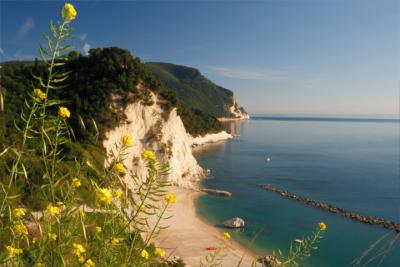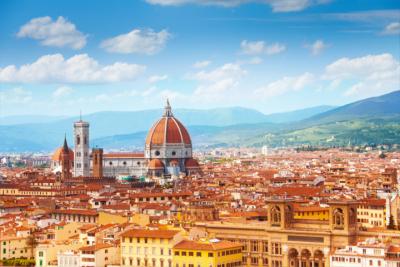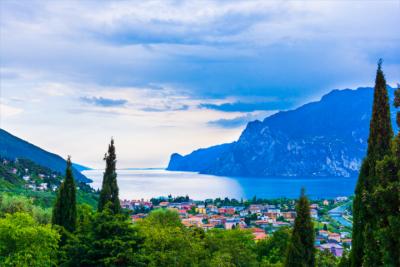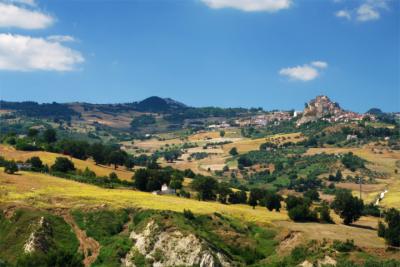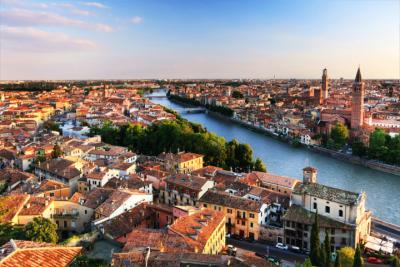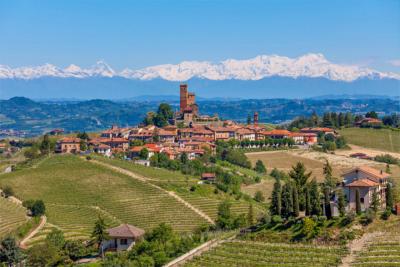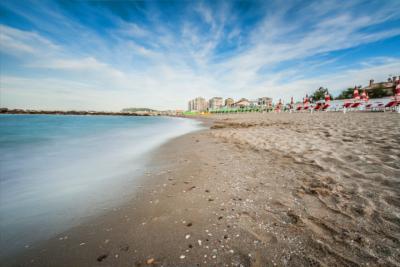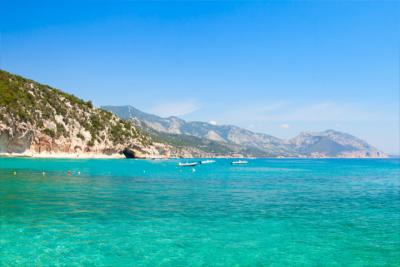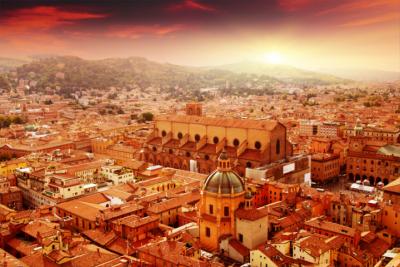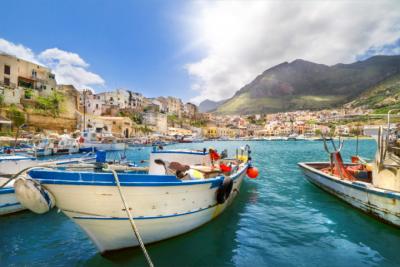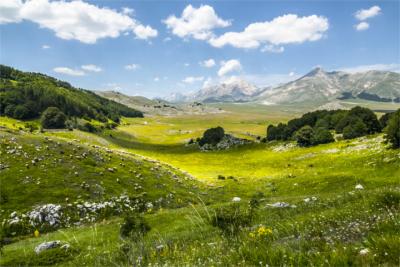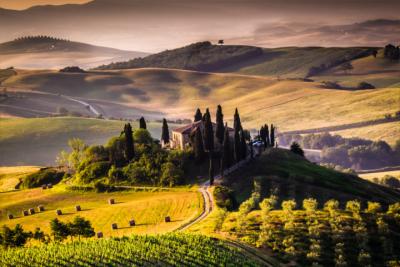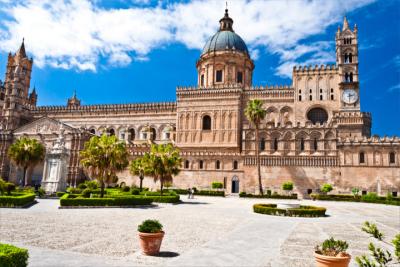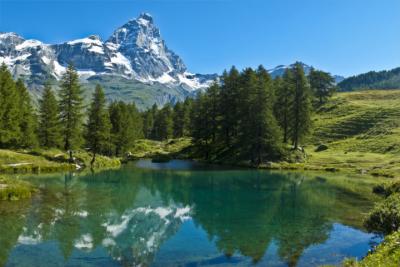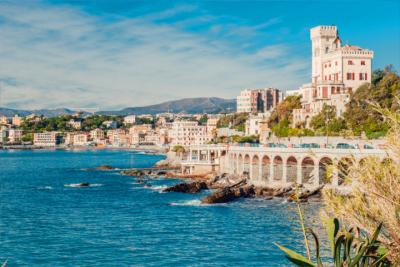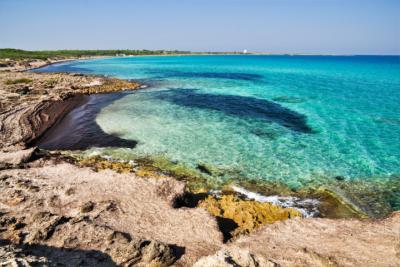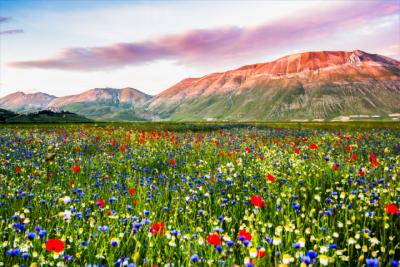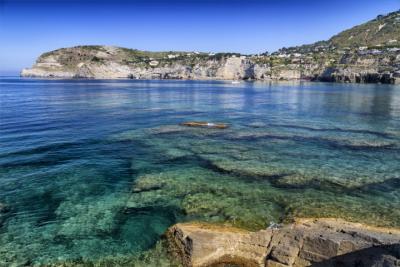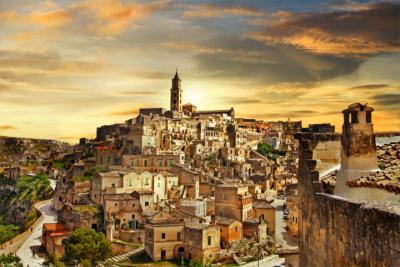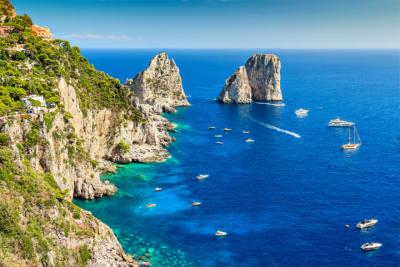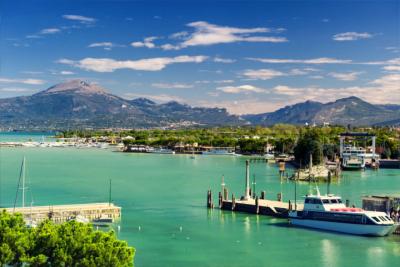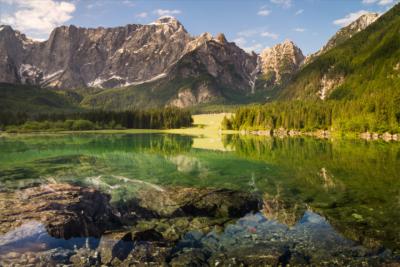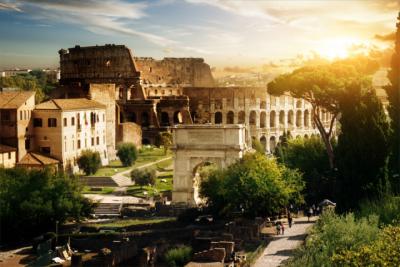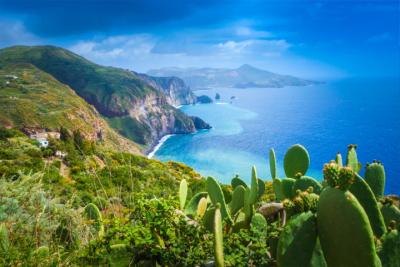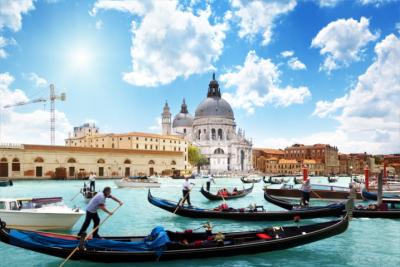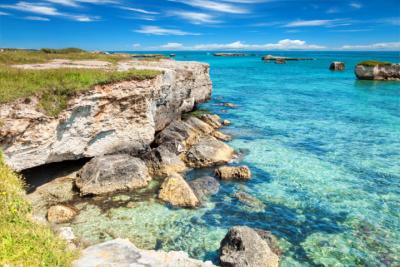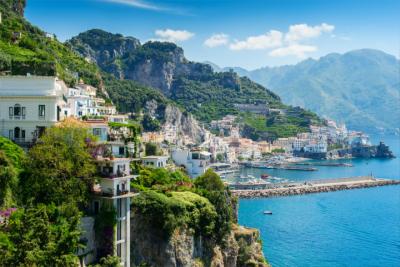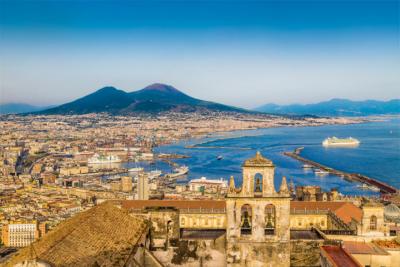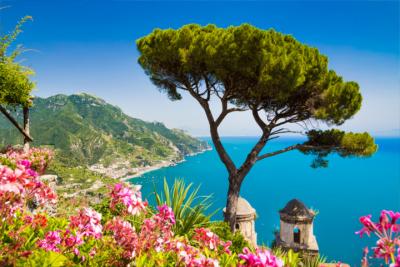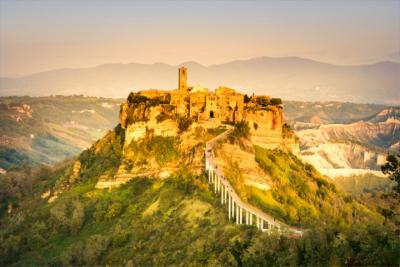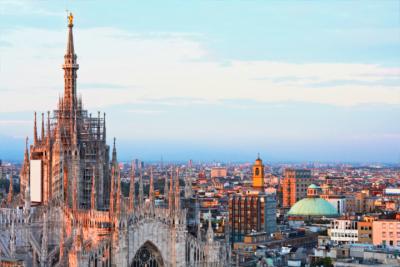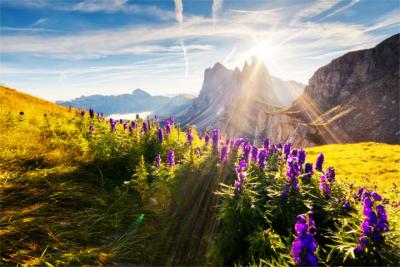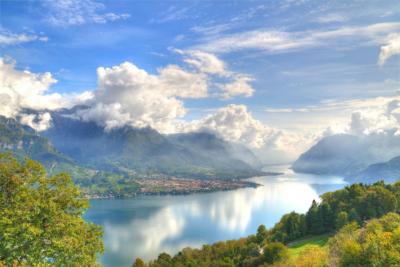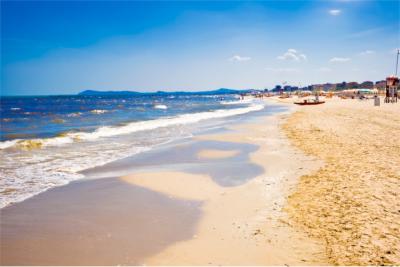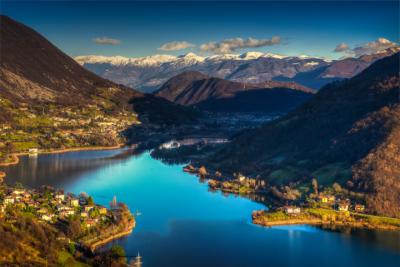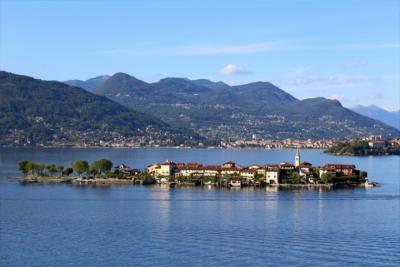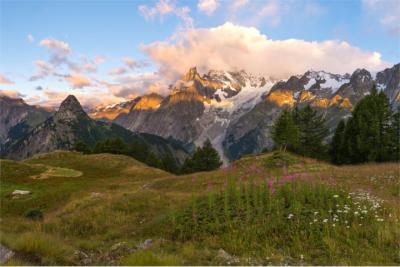Travel Offers
Travelmyne Featureprint
Distance
Dolomites - Natural Heritage in the Heart of Europe
The Dolomites are a breathtaking natural spectacle in the north of Italy. Numerous active holidaymakers are fascinated by the unique panorama of dolomitic limestone formations, meadows and forests every year. In addition, travellers are captured by the alpine traditions and customs as well as the mythological legends.
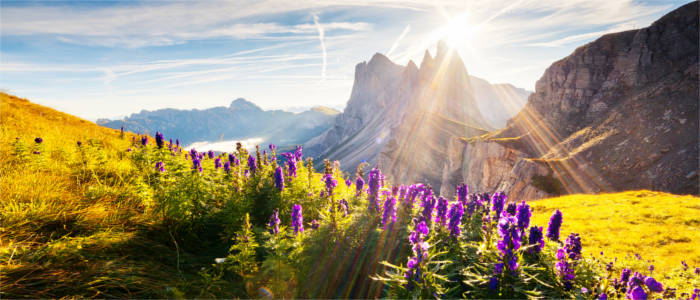
Geography - 1,400 km² of Natural Heritage in the north of Italy
The Dolomites (Italian: Dolomiti) are a mountain range in the south of the Eastern Alps, which covers an area of 1,400 km² in the regions of Trentino-South Tyrol, Veneto and Friuli-Venezia Giulia. Their highest peak is the Marmolada with a height of 3,342 metres. This peak and others such as the Tre Cime di Lavaredo, the Rosengarten, Geisler and Sella Group have been part of the UNESCO World Natural Heritage since 2009.

Nature - Breathtaking limestone rock formations
The name of the Dolomites and the mineral of the same name is derived from the French geologist Déodat de Dolomieu, who explored the mountain range in the 18th century. The mountain range mainly consists of limestone, which gives its peaks a whitish colour. Due to this, the Dolomites are also called Monti Pallidi ("pale mountains"). At sunrise and sunset, they assume a slight pink to reddish colour, which is referred to as "Alpine glow" in colloquial speech. The Dolomites consist of the mineral dolomite, which has a yellowish colour because of its high magnesium content. You can see this in the spectacular rock formations of the Rosen Group or the Tre Cime di Lavaredo, for example. Impressive formations, bizarre rocks and crags, smooth meadows and narrow valleys (e.g. Fassa Valley, Val Badia, Val Gardena, Eisack Valley) dominate the scenery of the Dolomites. In addition, you see glaciers (e.g. Marmolada Glacier) and cave systems. The flora of the mountain range is characterised by field flowers, bellflowers, orchids, thistles as well as broadleaf and conifer forests. Travellers can see many unique species of plants on a hike in the many natural and national parks such as Schlern-Rosengarten Nature Park, the Tre Cime Natural Park and the Dolomiti Bellunesi National Park.
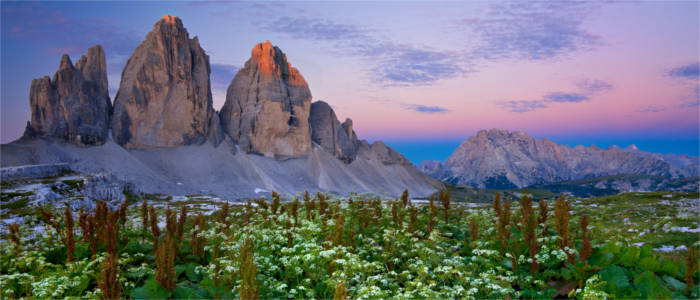
Culture - Ladin cultural assets and mythological creatures
From the Middle Ages to the Napoleonic Era the Dolomites constituted the border between Germany/Austria and Italy. Today they are the point where the Italian, German and Ladin culture meet. The Ladin language is one of the most minor European languages and is still spoken by the inhabitants of Val Badia, Val Gardena, the Fassa Valley and the community of Cortina d'Ampezzo. Many idyllic towns and villages maintain the customs and traditions of the Dolomites such as leather trousers, dirndl dresses, the Ladin Carnival as well as legends and myths. The latter were passed on from generation to generation and are as present as ever. One of the best-known legends is that of King Laurin and his rose garden, which gives reasons for the pink colouring of the mountains at sunrise and sunset. The legend of the mermaid of Lake Carezza explains the rainbow shimmer of Lake Carezza and the love story of the king's son and the Princess of the Moon states reasons why the Dolomites are called the "pale mountains". Therefore, it is not surprising that witches, giants, princesses and many other mythological creatures populate the valleys of the mountain range. Travellers will also see a great number of castles in the Dolomites. Badia, Casanova and Tures Castle are only a few of the many medieval testimonies of culture.
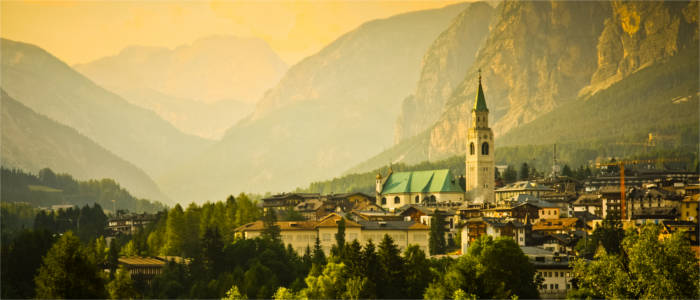
Experience - A simple cuisine, traditional art handicraft and a winter idyll
The cuisine in the Dolomites is characterised by simple dishes and has an age-old tradition. Dumplings, bacon, local sausage, cheese and quality wine are typical products from the Dolomites. In addition, art handicraft and wood carvings are characteristic of the region. The latter have been produced since the 16th century and are of great significance for the region's economy. Another important economic factor is the transhumance and the tourism throughout the year. While visitors can enjoy the magnificence of the mountain peaks on a climbing tour in summer, the white hillsides and the snowy mountain villages fascinate travellers in winter.
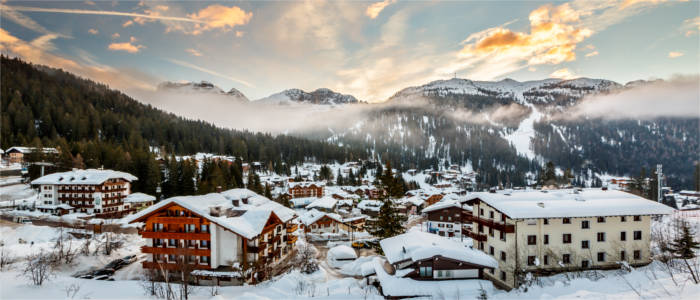
Activities - The mountains are calling
The Dolomites are a paradise for both hikers and winter sports fans with their variety of tourist offers throughout the year. You find a great network of hiking trails and ski runs in the beautiful mountains. Altogether there are 12 skiing regions in the Dolomites, which formed the association of the Dolomiti Superski - the greatest skiing region on earth - in 1974. A single ski pass is 1,200 kilometres long and contains different levels of difficulty. Other leisure activities in the heights of the Dolomites are cycling, mountain biking, horseback riding, trekking, tobogganing, snowshoe hiking, mountaineering, fishing, golfing and paragliding. In addition, you can go on a ride in a horse-drawn sleigh or relax in one of the region's many spas.
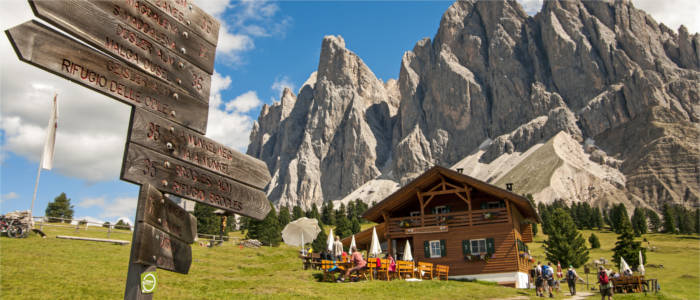
Information
A trip to the Dolomites requires the right equipment. Although you can rent many things on site, there are a few items you should not be missing: a map of the region's hiking trails or ski runs, warm clothing (if necessary), appropriate footwear and a camera. In case of an emergency, you can call 118, the number of Italy's mountain rescue.
The Dolomites are a real paradise for leisure and sporting activities. Active holidaymakers get their money's worth here at any time of the year. Whether you want to go hiking, skiing, cycling, riding or simply enjoy the tranquillity of the wonderful nature of the mountains - the Dolomites cater for all tastes.

